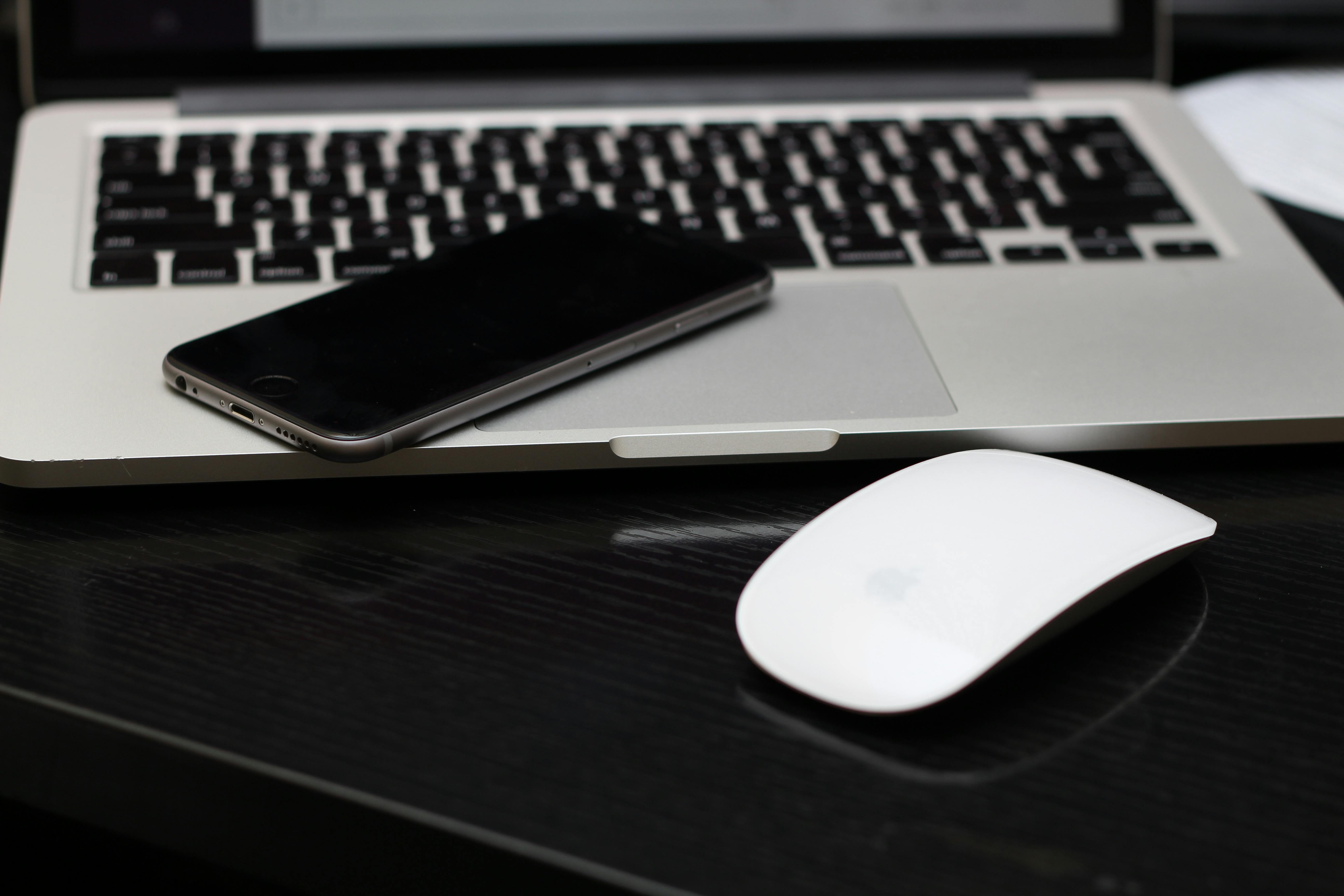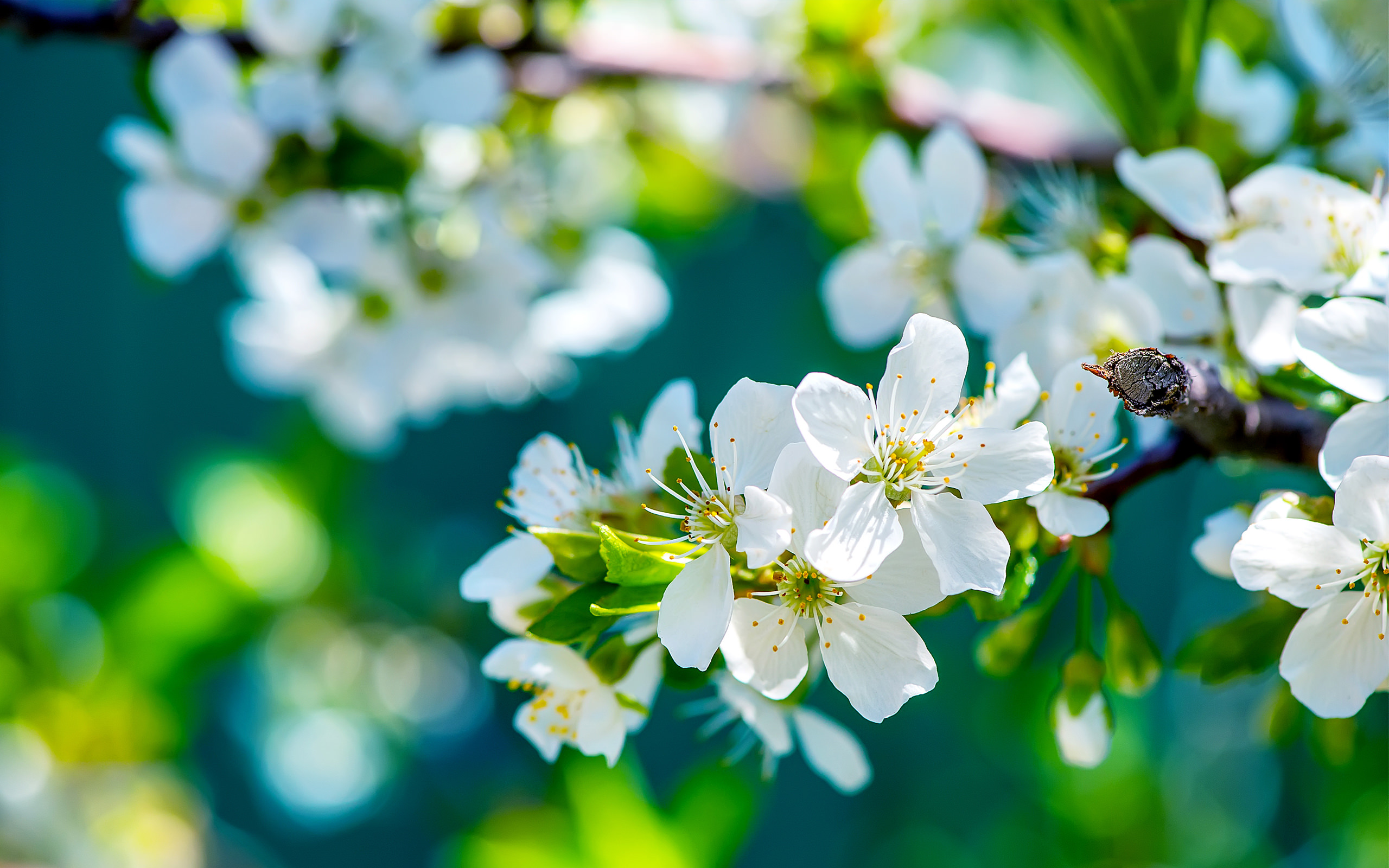Home > Articles > Design > Adobe Creative Suite
␡- Resolution
Jennifer Smith is a user experience designer, Photoshop expert, educator and author based in Boston.She is the author of more than 20 books on design tools and processes, including Adobe Creative Cloud for Dummies, Adobe Creative Cloud Digital Classroom, and Photoshop Digital Classroom.
What Is Adobe Photoshop Definition
This chapter is from the book
This chapter is from the book
- Adobe Photoshop CC is a photo, image, and design editing software built for professional designers, photographers, and artists. The imaging and design app is a part of Adobe Creative Cloud service, and allows users to design websites, mobile apps, posters, banners, and icons through the aid of its easy-to-use templates and intuitive tools.
- Adobe Photoshop is software that is extensively used for raster image editing, graphic design and digital art. It makes use of layering to allow for depth and flexibility in the design and editing process, as well as provide powerful editing tools, that when combined, are capable of just about anything.
- Photoshop was originally conceived as a subset of the popular design software Adobe Illustrator, and Adobe expected to sell a modest several hundred copies per month.Expectations for Photoshop's success were tempered by concerns over the capabilities of personal computers (PCs) in the early 1990s to run the program because it required more computer memory than most PCs came with or even, in.


Resolution
Resolution is one of the most widely used and yet least understood words in desktop publishing. People use it when they talk about scanners and printers, images and monitors, and halftones. Then they wonder why they're confused. Fortunately, it isn't that hard to sort out all of the different meanings of resolution.
An image in its pure digital state has no physical size—it's just a bunch of pixels without any real-world measurement attached to them. Resolution answers the question 'How small are the tiny squares that make up this picture?' Once you bring an image into the physical world, the number of pixels across the width and height take up a specific amount of physical space in print or on screen, and that determines the resolution.
The resolution of an image is the number of pixels per unit of measurement—usually the number of pixels per inch (ppi) or pixels per centimeter (ppcm). If your image is 72 pixels wide and you tell it to be 72 pixels per inch, then it's an inch wide. If you print it at half the size, you'll still have the same number of pixels, but they'll be crammed into half the space, so each inch will contain 144 pixels, or 144 ppi (see Figure 2-5). Print it at 300 percent of the original size, and the resolution goes down to 24 ppi.
Figure 2-5 Scaling and resolution
You can look at resolution in another way: If you know an image's size and resolution, you can figure out its dimensions. When you scan a picture that is 3 inches on each side at 100 pixels per inch, you know that the image has 300 pixels on each side (100 per inch). If you then scan it at 300 pixels per inch, the dimensions shoot up to 900 pixels on each side.
How Resolution Changes During Production
One source of confusion is that people often lock onto a single resolution value, like '300 dpi,' and assume that something's wrong if they don't see that value from start to finish, but that's not how it is. It's useful to think of resolution at various stages of production: sampling resolution, document resolution, effective resolution, and device resolution (see Figure 2-6).
Figure 2-6 How the meaning of resolution changes as you move an image from capture to output
Sampling Resolution. If you're using a scanner, sampling resolution describes how precisely an image was scanned, in samples per inch (spi). You set the sampling resolution in your scanning software. For digital still and video cameras, 'samples per inch' is meaningless—if your camera takes images that are 4256 pixels wide by 2832 pixels tall (12 megapixels), a landscape photo 3 miles wide will produce the same 4256-by-2832-pixel frame as a close-up of a 3-inch-wide flower.
Document Resolution. When you save an image from software such as Photoshop, the resolution value saved into the file is its document resolution. Changing this value doesn't change the image quality unless the image is resampled at the same time (see 'Resampling' later in this chapter). When you don't resample, a 4256 by 2832 pixel image still has 4256 by 2832 pixels, whether you set it to 72 ppi or 300 ppi, because the total number of pixels in the image doesn't change. Does this mean that file resolution isn't important? Not until you start thinking about final output, and at that point it does matter. Xcode simulator close app.
Effective Resolution. When you place one document inside another and resize the first document, its pixels may be stretched or compressed. This is its effective resolution—the resolution of the image after it's been scaled to its final print size. The document resolution inside the file still exists, but the new size changes the density of the pixels.
Device Resolution. Device resolution is the resolution of the final output device. For example, a monitor might have a device resolution of 100 ppi, and a platemaker might be 2400 dpi. This kind of resolution is not stored in the file; in fact, it hardly has anything to do with the file at all.
In printing, the effective resolution of an image typically doesn't need to be as high as the device resolution. For example, while an inkjet printer might print at 5760 dpi, the optimum image resolution for printing photographic images might be 360 ppi, because printers mix very tiny dots to build larger groupings that form tones and colors. Inkjet printers mix device-resolution ink dots to build areas of color. Printing presses use device-resolution ink dots to build halftone cells; the 2400 dpi dots on such a device may be grouped into halftone cells at 150 lines per inch (lpi), for example.
When you create images for the Web, you don't know the final device resolution. Someone might view your Web page on a 20-inch desktop monitor at 1680 by 1050 pixels, while another might have a 15-inch desktop monitor at 1024 by 768. There's only one measurement you can rely on: the image dimensions in pixels, such as 600 by 400 pixels.
Related Resources
- Book $39.99
- eBook (Watermarked) $31.99
- Book $47.99
What Is Adobe Photoshop Definition Meaning
Lesson 1: What is Photoshop?
All about Photoshop
Even if you've never worked with images on your computer, you may have heard of Adobe Photoshop. Available for both Windows and Mac, Adobe Photoshop is an extremely powerful application that's used by many professional photographers and designers. You can use Photoshop for almost any type of image editing, from touching up photos to creating high-quality graphics.
In fact, Photoshop has so many features that it may actually be too powerful for many users. It's also very expensive, so unless you need to edit photos or graphics professionally it may not be the best option for you. You may want to review our lesson on Photoshop alternatives to learn about other image editing programs you can use.
About this tutorial
Because Photoshop is primarily designed for professionals, it can be somewhat challenging to use, especially if you're learning it for the first time. However, you don't need to understand all of Photoshop's features to use it effectively. Throughout this tutorial, we'll help you understand the most basic and essential Photoshop skills. We'll also provide links to other tutorials if you want to learn more about advanced tools and techniques.
We'll be using Photoshop CC throughout this tutorial to show you Photoshop's features. If you're using an older version of Photoshop—like Photoshop CS6 or earlier—some features may work a bit differently, but you should still be able to follow along. However, if you're using Photoshop Elements, it's important to note that some of the features we cover may be missing or work in a different way. We'll talk more about Photoshop Elements in the next lesson.
/en/photoshopbasics/buying-photoshop/content/
